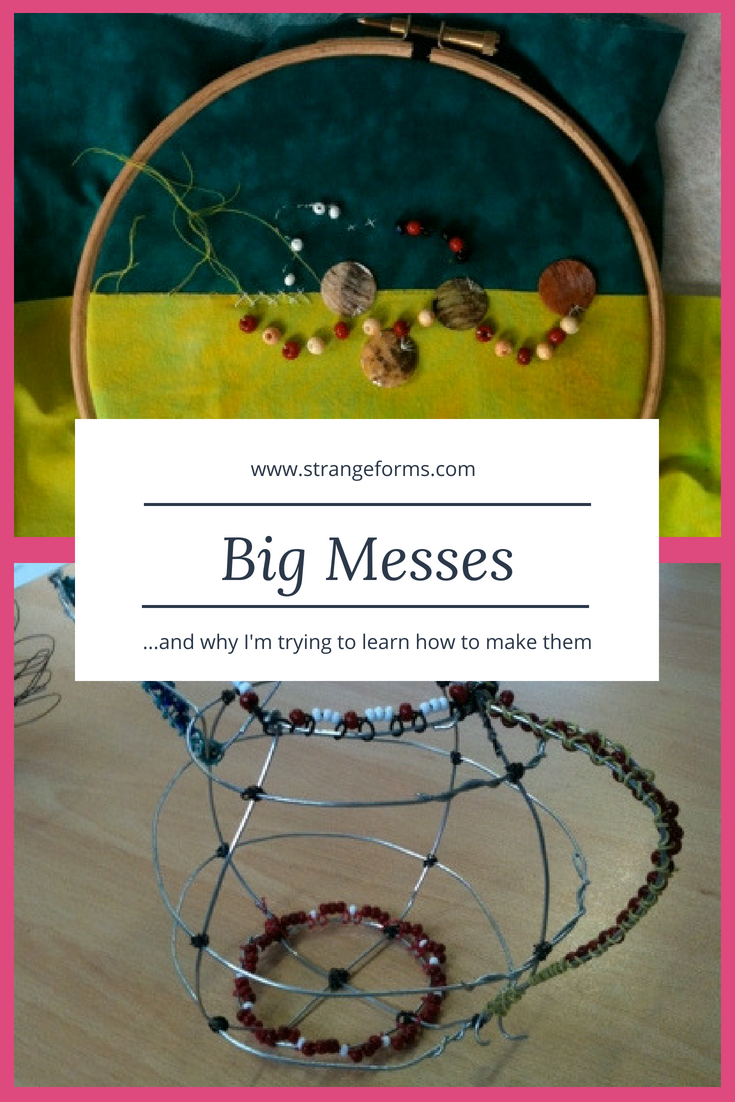I published a novel a few years ago.
It got some good reviews, a couple of broadly positive reviews…
and one blisteringly vicious smackdown
…by a big name
…in a national newspaper.
By “big name”, I mean an author you’ve heard of – or if you haven’t, you’ve probably heard of his most famous novel, which was made into a film that a lot of people went to see (and no, I’m not naming him here or linking to the review, because dignity … and also paywall).
Anyway, this big-name author published, in the Irish newspaper of record, a review of my first novel that was so arse-explodingly negative that it caused palpable ripples in the Irish literary scene.
I happened to be in California when the review appeared, eight hours behind Ireland, so the first I knew of it was when I woke up to a slew of messages expressing outrage and support. My friends had read the piece and rallied around me while I slept.
Not just my personal friends, either. Several other well known Irish authors weighed in, on Twitter especially, to defend me and call out their colleague for having gone totally overboard.
Over the ensuing months, I went to several literary events where people came up and commiserated with me about the review, telling me how much they’d enjoyed my book and how many of their friends they’d recommended it to.
One novelist told me she’d joined Twitter especially to come to my defence. Another announced that everybody should buy a copy of my book in protest.
Even at a book launch almost a year later, three of the four conversations I had with Irish authors made reference to what had happened.
I’m anything but blasé about this experience, by the way. It still hurts, when I poke at the memory. No doubt, when I’ve been at this game a bit longer and have a few more artistic utterances under my belt, it’ll feel more humdrum, but from here it’s still a fairly big deal.
Here are three things I took away from the experience:
First: It’s nothing to do with me.
I’ve no idea what the reviewer’s thoughts were as he wrote that piece and turned it in. He may now think he laid it on a bit thick, or he may stand by every word.
I never read the review myself, by the way. I didn’t want the visual memory, so I got my husband to read it to me, lying in bed with our arms around each other.
(Then I had to go and chill out in the beautiful onsite swimming pool and hot tub with my lovely children all through the glorious California morning to recover. My life: really not so hard.)
It was funny, as I recall. Wittily and deftly put together. It borrowed an element from my novel for its punchline.
But that’s beside the point. I am separate from it. I permit no tendril of influence to snake from it, or from its author, to me. Why he wrote it the way he did is, strictly, none of my business. It’s part of his journey, not mine.
Second: Well, I got a reaction, didn’t I?
Oscar Wilde is quoted as saying, “There is only one thing in life worse than being talked about, and that is not being talked about.”
I didn’t write my book in order to move nobody, to slide under the radar. And look, it clearly got right up this famous man’s nose. I mean, he was riled.
I reckon that’s better than not affecting him at all.
Third: Connection!
I’m a huge loner, for all sorts of reasons (including introversion and long-running ill health). I am the least scene-y person on the planet. So to feel supported by the Irish writing community was as new as it was lovely.
I felt such a rush of warmth and connection every time someone offered their sympathy and encouragement that it genuinely eclipsed any worries I might have been having about the potential damage the review did me.
(We’ll never know, of course, but I do know that more than a handful of people bought my book as a direct result of reading the review.)
Free Bonus Fourth Thing
In the end, it’s very clear to me that the best revenge is to write well.
Working on that.





